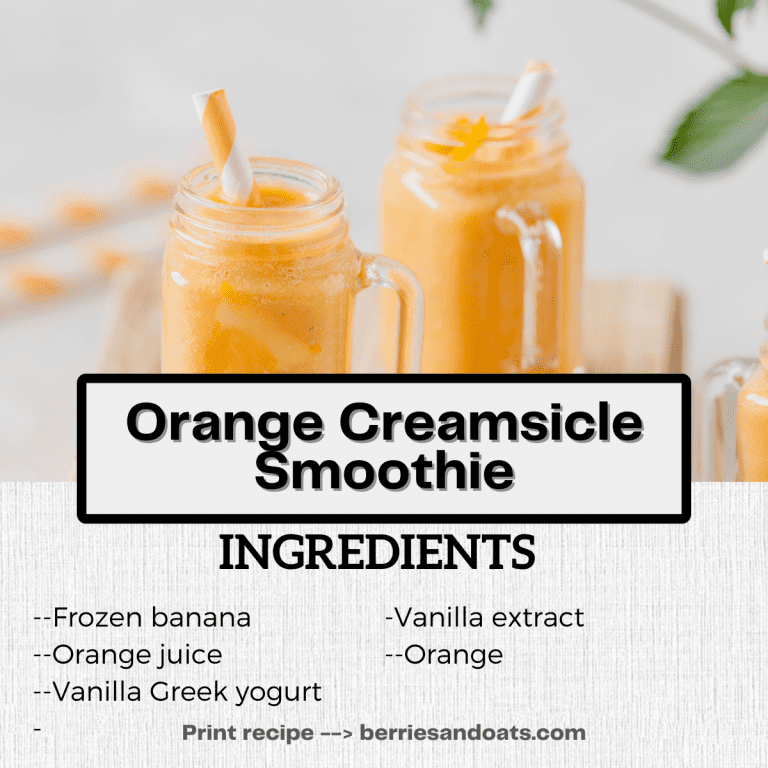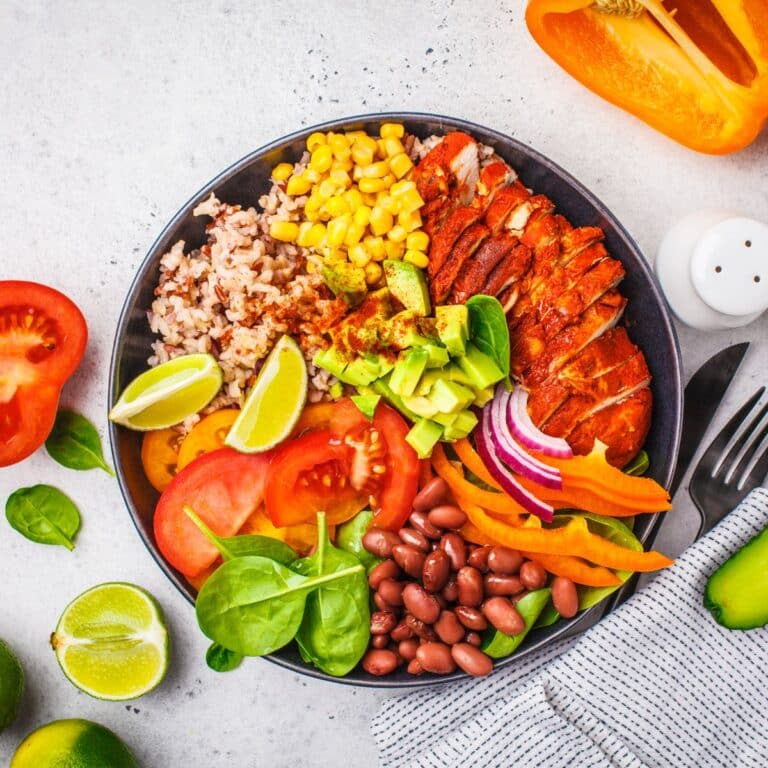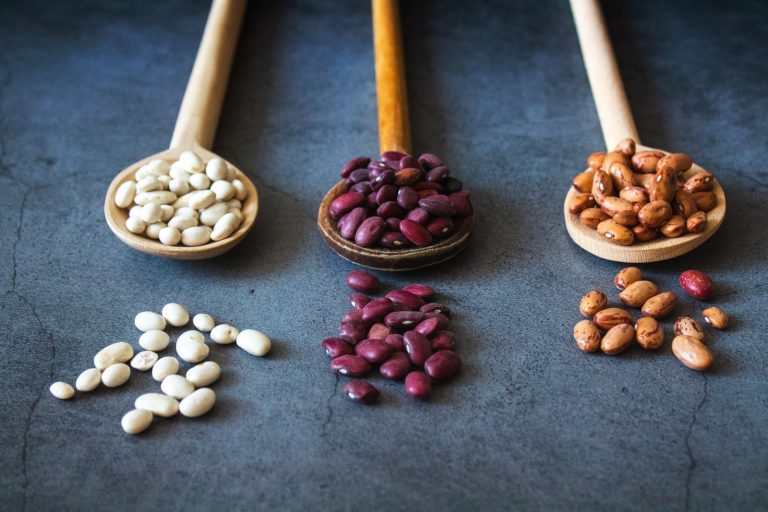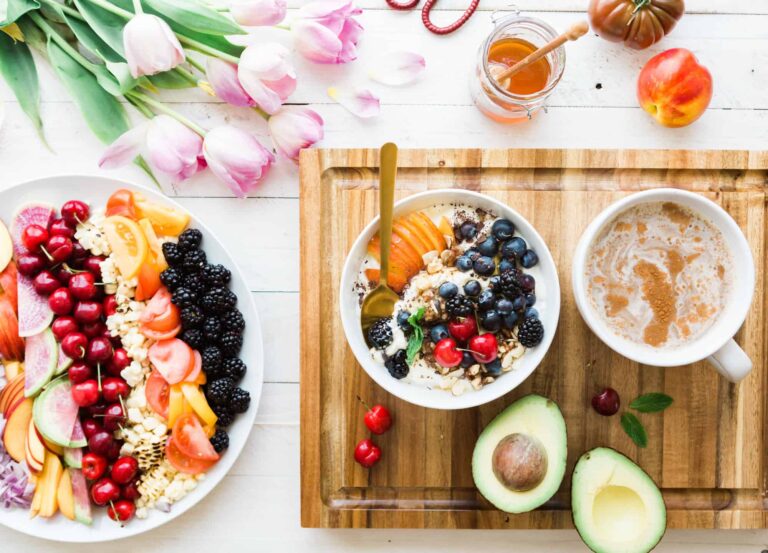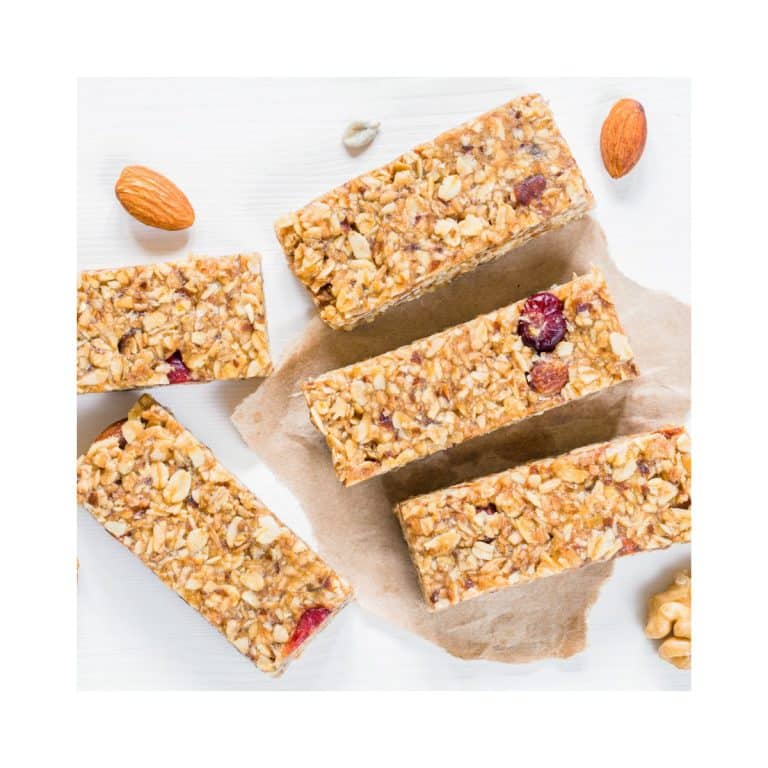Food is more expensive than ever before. In fact, grocery prices jumped 12.2% from June 2021 to June 2022[1]. The cost of food has increased for several reasons, including inflation, labor shortages and pandemic-related supply chain issues.
The good news? You can have cheap healthy food with a little know-how and a few simple strategies. Here are the top ways that you and your family can eat nutrient-dense foods on a budget.
What Exactly Is Healthy Eating?
Before we dive into easy ways to save, let’s first talk about what healthy grocery shopping looks like.
At its most basic, healthy eating can be defined as fueling your body with nourishing (nutrient-dense), whole foods. There is no one-size-fits-all approach to healthy eating, but serving balanced meals that taste good is a good first step.
Unfortunately there is a misconception that healthy eating has to break the bank. Part of that has to do with trendy buzzwords on food labels—such as healthy, alternative and organic—that often come with inflated prices. But you don’t need to only choose these foods to eat healthfully. Whether you choose frozen, organic or regular blueberries, you are still getting the same benefits. In other words, buying organic can be a healthy option, but it’s not the only way to eat whole, nutritious foods.
Do I Need to Buy Organic?
Organic food typically costs more than conventional, so it’s definitely possible to save some cash if you choose to limit, or avoid, organic foods. While research tends to go back and forth on the health benefits of organic foods vs non organic foods, it’s important to note organic farming often uses insecticides and fungicides with “synthetic substances” that may still be harmful to humans. Additionally, conventional foods are no less nutritious than organic foods, according to a 2019 article in Missouri Medicine[2].
Organic food: Is it safer or more nutritious?
Some data shows possible health benefits of organic foods when compared with foods grown using the usual (conventional) process. These studies have shown differences in the food. But there is limited information to prove how these differences can give potential overall health benefits.
Potential benefits include the following:
- Nutrients. Studies have shown small to moderate increases in some nutrients, namely certain antioxidants and types of flavonoids, in organic produce.
- Omega-3 fatty acids. The feeding requirements for organic farm animals (livestock) usually cause higher levels of omega-3 fatty acids. These include feeding cattle grass and alfalfa. Omega-3 fatty acids — a kind of fat — are more heart healthy than other fats. These higher omega-3 fatty acids are found in organic meats, dairy and eggs.
- Toxic metal. Cadmium is a toxic chemical naturally found in soils and absorbed by plants. Studies have shown much lower cadmium levels in organic grains, but not fruits and vegetables, when compared with crops grown using usual (conventional) methods. The lower cadmium levels in organic grains may be related to the ban on synthetic fertilizers in organic farming.
- Pesticide residue. Compared with produce grown using usual (conventional) methods, organically grown produce has lower levels of pesticide residue. The safety rules for the highest levels of residue allowed on conventional produce have changed. In many cases, the levels have been lowered. Organic produce may have residue because of pesticides approved for organic farming or because of airborne pesticides from conventional farms.
- Bacteria. Meats produced using usual (conventional) methods may have higher amounts of dangerous types of bacteria that may not be able to be treated with antibiotics. The overall risk of contamination of organic foods with bacteria is the same as conventional foods.
Are there downsides to buying organic?
One common concern with organic food is cost. Organic foods often cost more than similar foods grown using usual (conventional) methods. Higher prices are due, in part, to more costly ways of farming.
Tips:

Whether you go totally organic or choose to mix conventional and organic foods, keep these tips in mind:
- Choose a variety of foods from different sources. You’ll get a better variety of nutrients and lower your chance of exposure to a single pesticide.
- Buy fruits and vegetables in season when you can. To get the freshest produce, ask your grocer what is in season or click here. If available in your area, you can also buy food from your local farmers market.
- Read food labels carefully. Just because a product says it’s organic or has organic ingredients doesn’t necessarily mean it’s a healthier choice. Some organic products may still be high in sugar, salt, fat or calories.
- Wash and scrub fresh fruits and vegetables well under running water. Washing helps remove dirt, germs and chemical traces from fruit and vegetable surfaces. But you can’t remove all pesticide traces by washing. Throwing away the outer leaves of leafy vegetables can lessen contaminants. Peeling fruits and vegetables can remove contaminants but may also cut nutrients and fiber. This is a great activity to get your kiddos involved with.
Eating Healthy on a Budget: Plan Your Meals

Meal planning is a great way to save money at the store. Start with picking two to four meals with different types of proteins, grains and vegetables to cook at home each week. Ask your family
Decide which day you will make each meal, too. If you would like, you can also prep multiple servings of a meal for leftovers, choose a more relaxed day to cook and stick with it. You are less likely to cook a meal spontaneously after a long, busy day. Or you can use one of our meal plans like: here or here for ideas.
Meal planning not only makes it less likely that you’ll resort to pricey takeout food, but research shows it may also help eat more nutrient-dense food and cut down on food waste.
Stick to Your List
Before making your meal plan, start with looking in your fridge and pantry to see if there are items that need to be used.
The most important thing when trying to eat healthy and stay on a budget is to show up to the store with a plan in mind.
To optimize your budget-friendly grocery list, follow these steps:
- Decide which meals you want to cook for the week using as much from your fridge and pantry as possible. For instance, if a recipe calls for a grain base, such as brown rice, but you have a different grain in your pantry, opt for the one you have instead.
- Before choosing recipes, take a look at what is on sale at your local grocery store.
- Write out all the ingredients you need for each recipe
- See which ingredients you can mix and match from your list. For example, if one recipe calls for a cup of spinach and another calls for a cup of baby kale, just choose one of the greens and use it for both meals.
- When in the grocery store, the most healthful and nutrient-dense products like fruits, vegetables, dairy, and meat are arranged along the perimeter of the store. The more processed foods are in the aisles.
- Lastly, don’t go to the grocery store on an empty stomach. You are more likely to pick up extra products that are less nutrient-dense like crackers, chips, or cookies when you’re hungry. Try planning your next grocery trip after a meal and see how your aisle strolls change when you are full and satisfied.
Buy in Bulk
Research shows that when compared to specialty markets or general grocery stores, bulk supermarkets can help people save a significant amount on grocery costs. Additionally, low-price bulk items like beans, are an important factor for some families to be able to afford a healthy diet.
Focus your bulk-buying efforts on foods you can store easily, such as brown rice, canned goods, whole-grain pasta and spices. If you buy produce in bulk, try chopping and freezing some of it when you get home so it lasts longer. Meat and poultry also make for a great bulk option—just make sure to separate it into smaller portions before freezing.
A word of caution: If your goal is to eat healthy on a budget—not just stock up on budget food—it’s a good idea to pass on buying things like cookies or candy in bulk so you’re not tempted to consume them quickly simply because you have them in your pantry.

